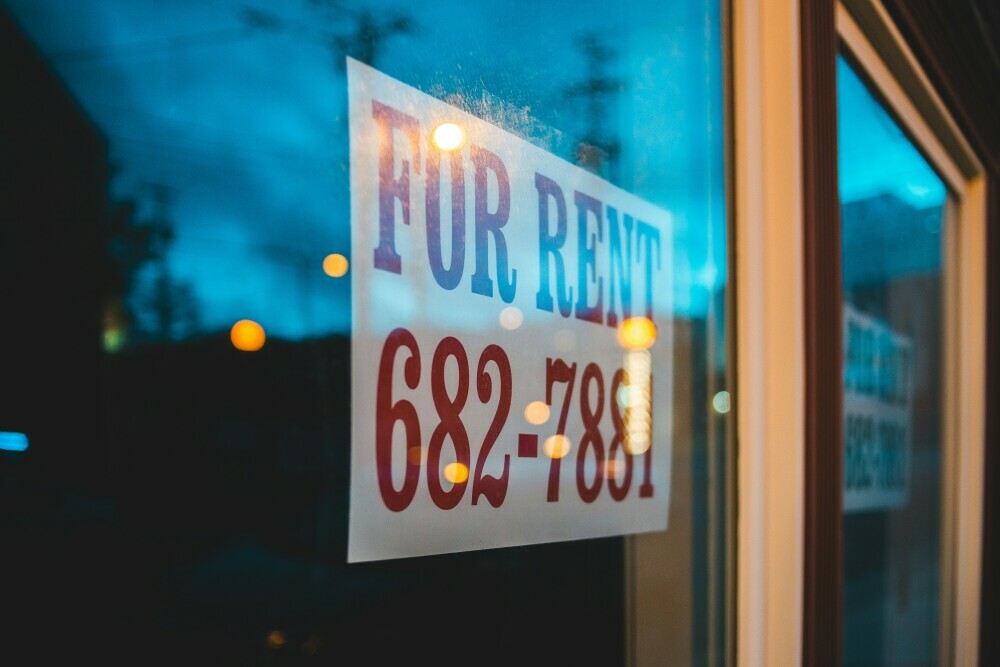How To Analyze A Rental Property

How To Analyze A Rental Property: Unlocking Your Investment Potential
Thinking about joining the ranks of successful rental property investors? Before you take the plunge, it’s crucial to analyze potential properties thoroughly. This analysis is the foundation for making informed investment decisions and maximizing your long-term returns.
Why Analyze Before You Invest?
Imagine buying a rental property that seems like a steal, only to discover ongoing maintenance issues devour your profits. A proper analysis helps you avoid such pitfalls. It equips you with a clear picture of the property’s financial health, potential risks, and long-term viability. By analyzing key metrics, you can make data-driven decisions and increase your chances of building a thriving rental portfolio.
The Numbers Game: Cash Flow is King
At the heart of rental property analysis lies cash flow, the lifeblood of your investment. Cash flow refers to the money you earn after subtracting all your expenses from the rental income. To calculate it, you’ll need to consider:
- Gross Rental Income: This is the total annual rent you expect to receive from the property.
- Operating Expenses: These include property taxes, insurance, maintenance costs, and utilities. Don’t forget to factor in vacancy rates, which account for periods when the property might be unoccupied.
- Net Cash Flow: Subtract your operating expenses from the gross rental income. This reveals your actual profit from the property.
Beyond the Numbers: Property Value and Appreciation
Cash flow is just one piece of the puzzle. A smart analysis also considers the property’s value and its potential to appreciate over time. Here’s how to approach this:
- Market Value Estimation: Research comparable properties in the area to estimate the current market value of your target property.
- Appreciation Potential: Analyze the neighborhood’s overall growth trajectory, potential development projects, and market trends. This will help you predict how the property’s value might increase in the future.
Understanding and Mitigating Risks
Rental properties come with inherent risks, like unexpected repairs or tenant issues. A thorough analysis helps you identify these risks and develop strategies to mitigate them. Consider factors like:
- Market Fluctuations: Research historical rental trends and anticipate potential future economic changes that might affect rental income.
- Maintenance Costs: Factor in potential repairs and ongoing maintenance needs based on the property’s age and condition.
- Vacancy Rates: Research average vacancy rates in the area and budget accordingly.
Setting Realistic Expectations
Optimism is great, but a successful investor also has realistic expectations. Your analysis should help you set achievable goals based on the property’s potential and market conditions. Don’t expect instant riches – focus on building a sustainable rental business that delivers consistent returns over time.
The Takeaway: Analyze, Invest Wisely, Prosper
By taking the time to analyze rental properties meticulously, you’ll be well-equipped to make informed investment decisions. Remember, a thorough analysis is your roadmap to unlocking your rental property’s true potential and achieving long-term success in the exciting world of real estate investing.
If you would like to discuss any sort of property transaction, do not hesitate to Call Alan on 07539141257 or 03332241257, or +447539141257 or +443332241257, you can schedule a call with Alan on https://calendly .com/alanje or drop an email to alan@alpusgroup.com.

